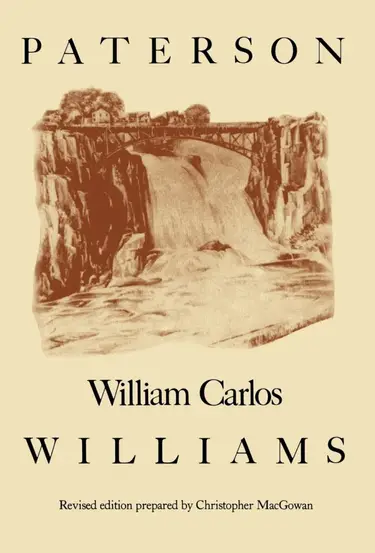Paterson

The poem is a sprawling and ambitious work that weaves together various narratives and perspectives. It explores the everyday lives of the people of Paterson. It depicts the city and its inhabitants in vivid and detailed imagery.
Williams presents a mosaic of voices and experiences. These range from the working-class residents to the landscape and industrial elements of the city. He delves into the lives of ordinary people, capturing their struggles, desires, and aspirations.
Williams portrays "Paterson" with a fragmented and experimental structure, reflecting the poet's innovative style. Williams employs free verse and uses colloquial language, creating a sense of authenticity and immediacy.
The poem reflects Williams' interest in the visual arts, as he incorporates vivid descriptions of the cityscape and its elements. The imagery in "Patterson" is often vivid and sensory, evoking a sense of place and the unique character of Paterson.
While "Paterson" does not follow a traditional narrative structure, it offers a multi-layered exploration of place, community, and experience. Williams celebrates the beauty and significance of everyday life, finding poetic inspiration in the seemingly mundane.